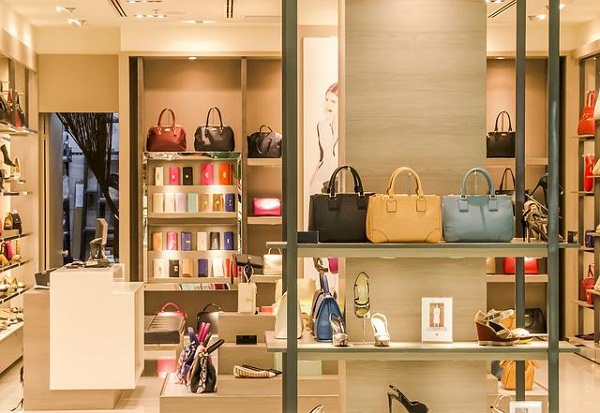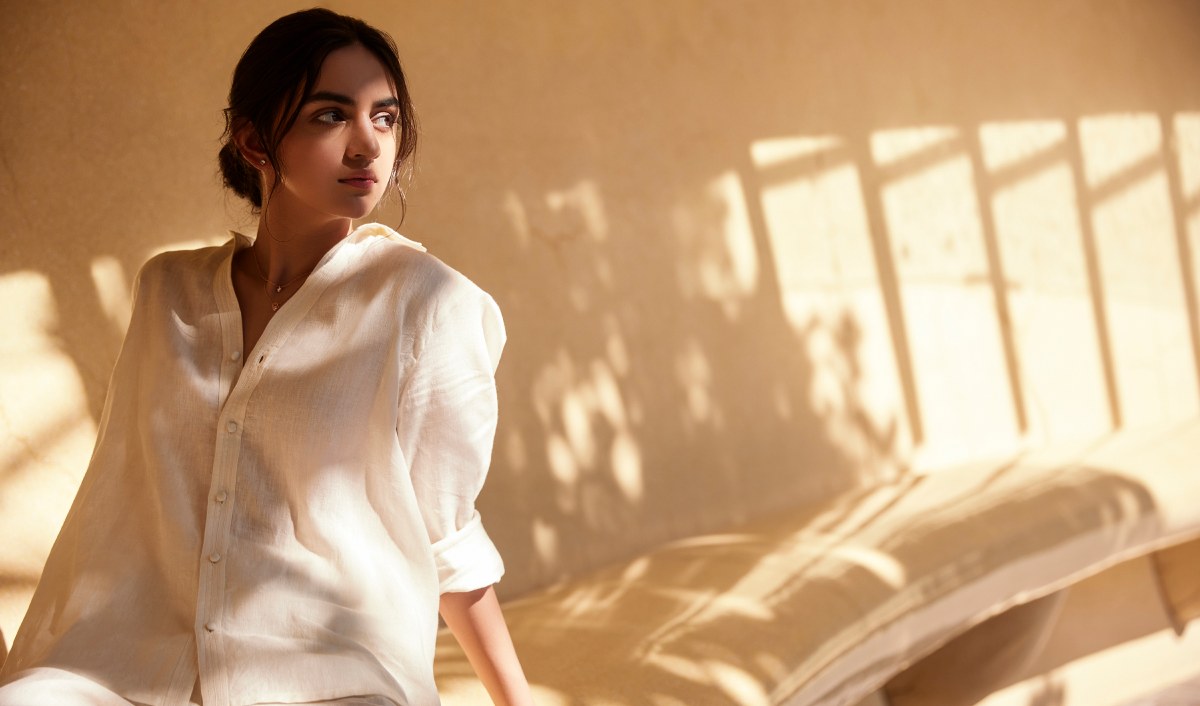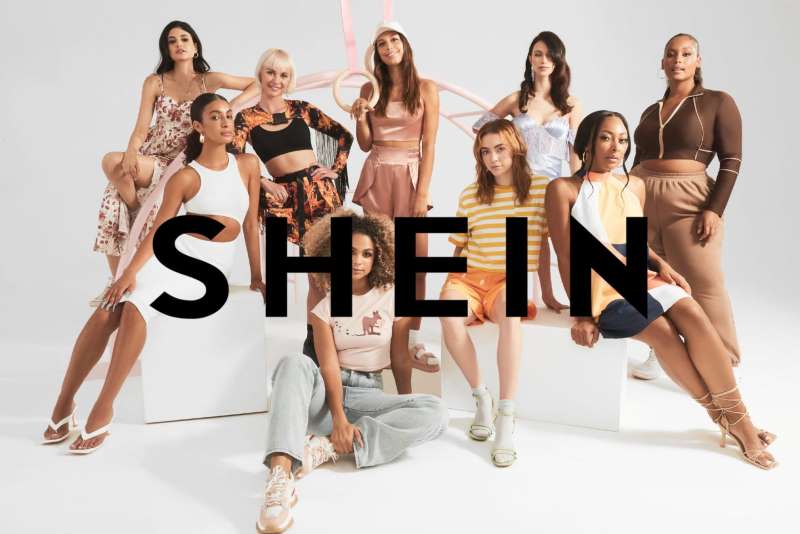
The luxury market segment is like a pendulum swinging to and fro from a sea of sameness to something extremely different and value-creating that identifies a person. The segment is all about delivering on a promise of emotion and about the client only but it’s now in a turmoil as it focuses on the Gen Z-influenced world that lives in the now and is focused on what’s in it for them. Without clarity about the emotion and experience it can offer, many market analysts feel that over 50 per cent of luxury brands will disappear soon.
Global personal luxury goods sale to increase by 22%
However, opinions differ. Many feel spending on luxury goods is growing faster than ever before on the back of post-pandemic splurges and shifting demographics as happening customers buy on-trend tiny handbags instead of large ones and streetwear style trends. Items like outerwear and handbags command higher prices due to their intricate construction and expensive textiles, including fur and exotic skins.
Global sales of personal luxury goods including leather accessories, clothes, footwear, jewellery and watches are expected to grow by 22 per cent this year, to around $367 billion from $290 billion in 2021, says a Bain Consultancy study commissioned by Altagamma Association the Italian luxury brands committee composed of companies in the fields of design and fashion of high-end producers. “Consumption is back at pre-crisis levels, but it is also a rebirth, since there is a new consumer base that is younger, and some pockets of consumers that have been unlocked during COVID are here to stay and growing, like subcultures and ethnic groups in the US,'' said Bain partner Claudia D'Arpizio, Co-author.
This tremendous growth is a result of a sharp 2021 recovery from global pandemic lockdowns which has created a strong trajectory despite an expected recession in 2023 due to higher raw material and energy prices. Bain predicts the segment will expand to between €550- 570 billion in the next five years.
Rising prices makes segment uncertain
The rise of demand in the luxury segment is also co-related with EDITED Global data and analytics company, which says the global average luxury prices in 2022 are at a four-year high, which is 7 per cent above 2020 and 25 per cent more expensive than in 2019. But that is not deterring consumers in the ultra-luxury bracket of Louis Vuitton, Balenciaga's City, Fendi and Prada among others. Even the prices of items which represent an accessible buy into designer brands have seen a significant upsurge proving that luxury fashion has become even more exclusive after Covid times.
T-shirts for men are 55 per cent more expensive than in 2019 and 15 per cent more for women. While four years ago, a cotton jersey tee with a logo at Prada was once $740 online, now it retails at $924, a 25 per cent increase, and yes, people are still buying. However, all is not well as lockdowns in China have halted spending, oil prices rising and store closures and embargoes in Russia and Ukraine and other war-ravaged zones have upset the apple cart globally.
Prices have not yet stopped rising as global markets are expected to experience continued economic fallout through the next few years of the post-pandemic situation and Ukraine war backlashes. Retailers can't keep passing these high costs on to well-heeled customers and the luxury segment has to become more inclusive to maintain itself. Style may be a way to say who you are without speaking, but luxury brands still have to re-invent themselves in a changed world.












